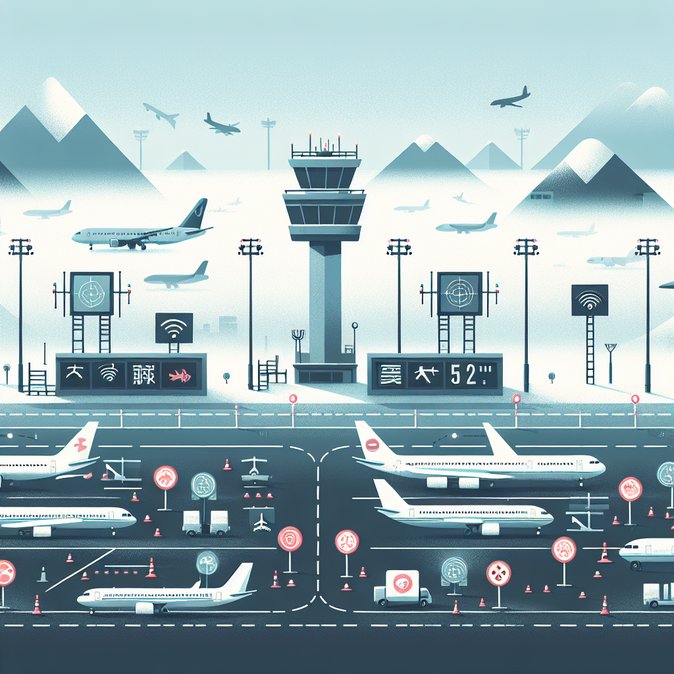
Travellers throughout China endured a bruising travel day on 19 November as a confluence of heavy fog in the Yangtze River Delta, air-traffic-control flow restrictions and isolated technical outages triggered 554 flight delays and 58 cancellations by mid-afternoon. Beijing Capital, Shanghai Pudong and Chengdu Shuangliu were the hardest hit, with knock-on effects rippling to Xiamen, Shenzhen and Kunming.
China Eastern and Air China each logged more than 100 delayed departures, according to data tracker VariFlight, while Xiamen Airlines cancelled 12 services outright. Social media feeds were flooded with images of packed gate areas and makeshift customer-service desks as carriers raced to rebook passengers. Civil Aviation Administration of China (CAAC) officials issued a level-three weather bulletin at 08:00 but later acknowledged “intermittent radar instability” at the central flow-control centre.
![Weather and ATC snarls cause over 550 flight delays across China’s major hubs]()
The disruptions highlight the fragility of post-pandemic capacity recovery. Airlines are operating at roughly 96 percent of 2019 domestic seat supply and rely on high aircraft utilisation to stay profitable amid rising fuel costs. Even a few hours of cascading delays can force costly overnight aircraft parking and crew mis-positioning.
For corporate mobility managers, the episode underscores the value of flexible booking policies and real-time traveller tracking. Companies with employees transiting via the affected hubs reported missed onward connections to Manila, Seoul and Frankfurt. Many opted to re-route through Guangzhou or Macau, which experienced milder delays.
The CAAC said it will convene airlines and airport operators this week to review contingency protocols and accelerate the roll-out of satellite-based performance-based navigation procedures aimed at reducing weather-related spacing requirements.
China Eastern and Air China each logged more than 100 delayed departures, according to data tracker VariFlight, while Xiamen Airlines cancelled 12 services outright. Social media feeds were flooded with images of packed gate areas and makeshift customer-service desks as carriers raced to rebook passengers. Civil Aviation Administration of China (CAAC) officials issued a level-three weather bulletin at 08:00 but later acknowledged “intermittent radar instability” at the central flow-control centre.

The disruptions highlight the fragility of post-pandemic capacity recovery. Airlines are operating at roughly 96 percent of 2019 domestic seat supply and rely on high aircraft utilisation to stay profitable amid rising fuel costs. Even a few hours of cascading delays can force costly overnight aircraft parking and crew mis-positioning.
For corporate mobility managers, the episode underscores the value of flexible booking policies and real-time traveller tracking. Companies with employees transiting via the affected hubs reported missed onward connections to Manila, Seoul and Frankfurt. Many opted to re-route through Guangzhou or Macau, which experienced milder delays.
The CAAC said it will convene airlines and airport operators this week to review contingency protocols and accelerate the roll-out of satellite-based performance-based navigation procedures aimed at reducing weather-related spacing requirements.





